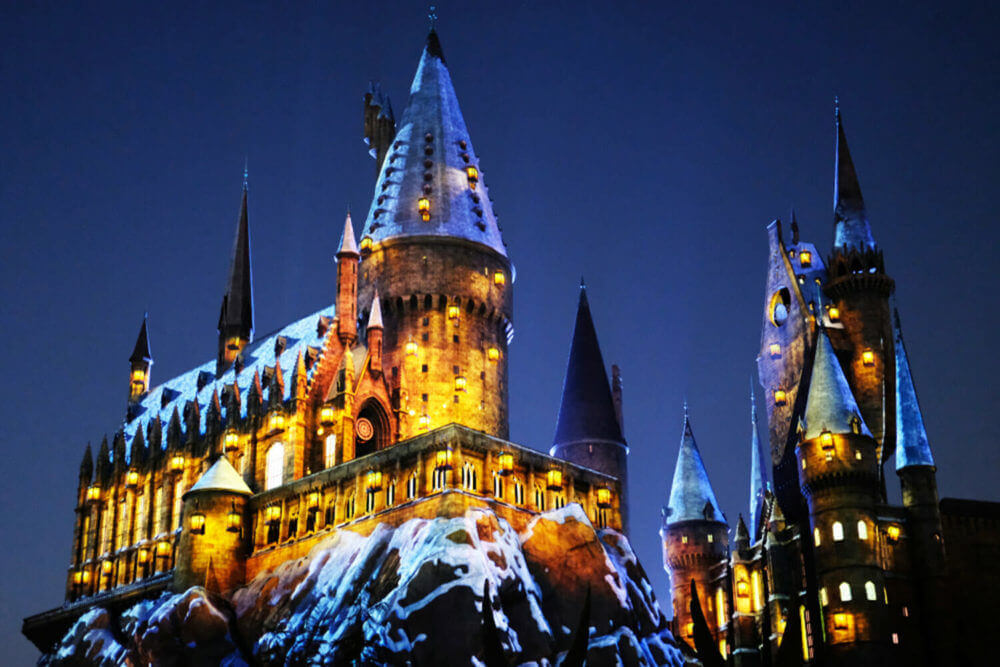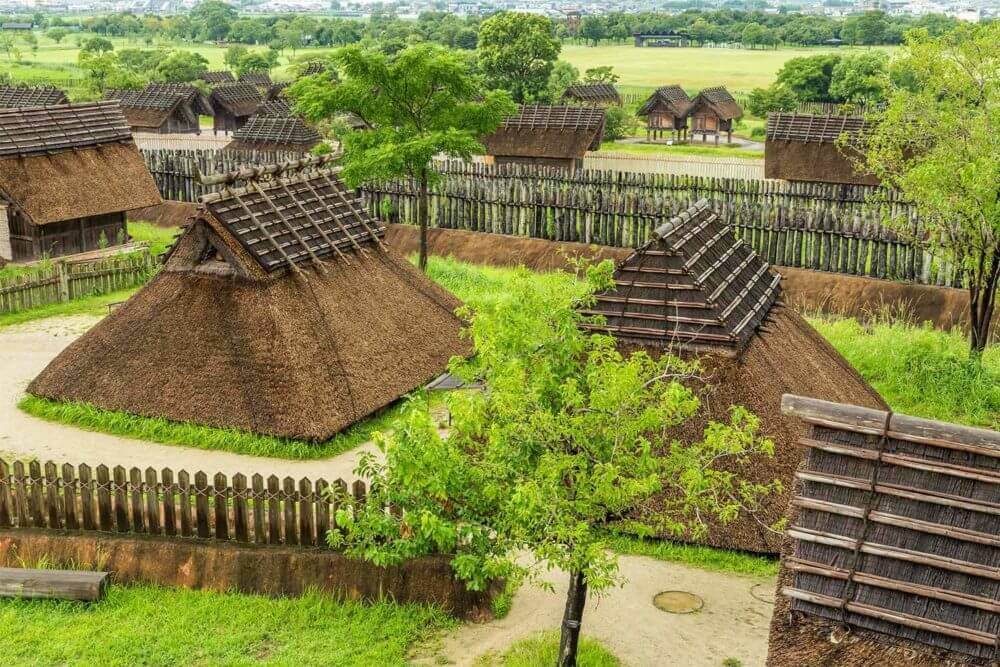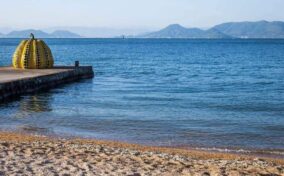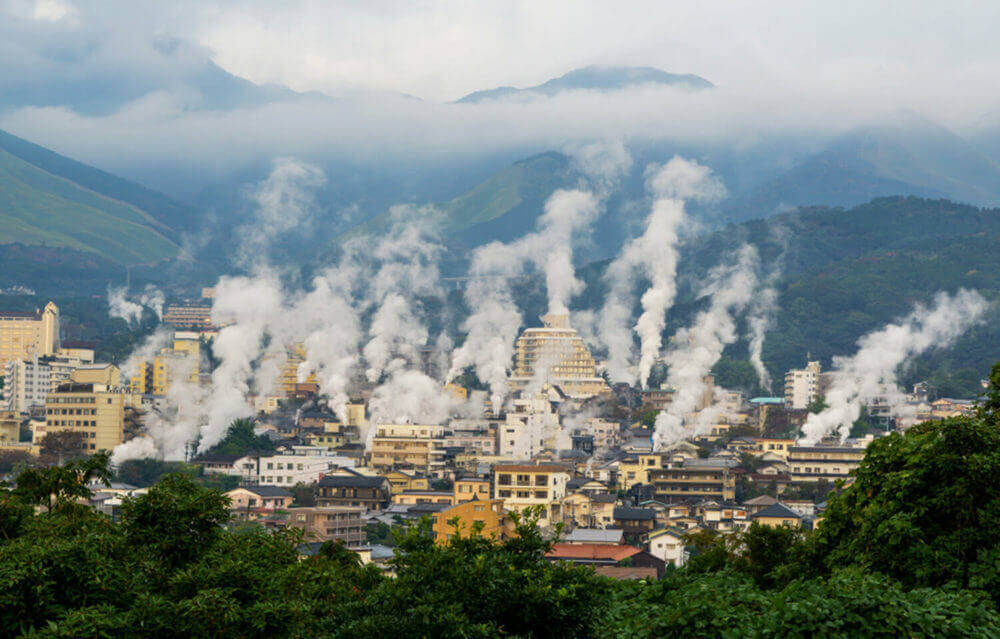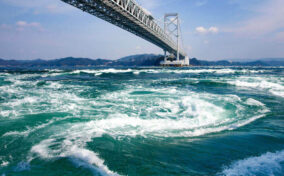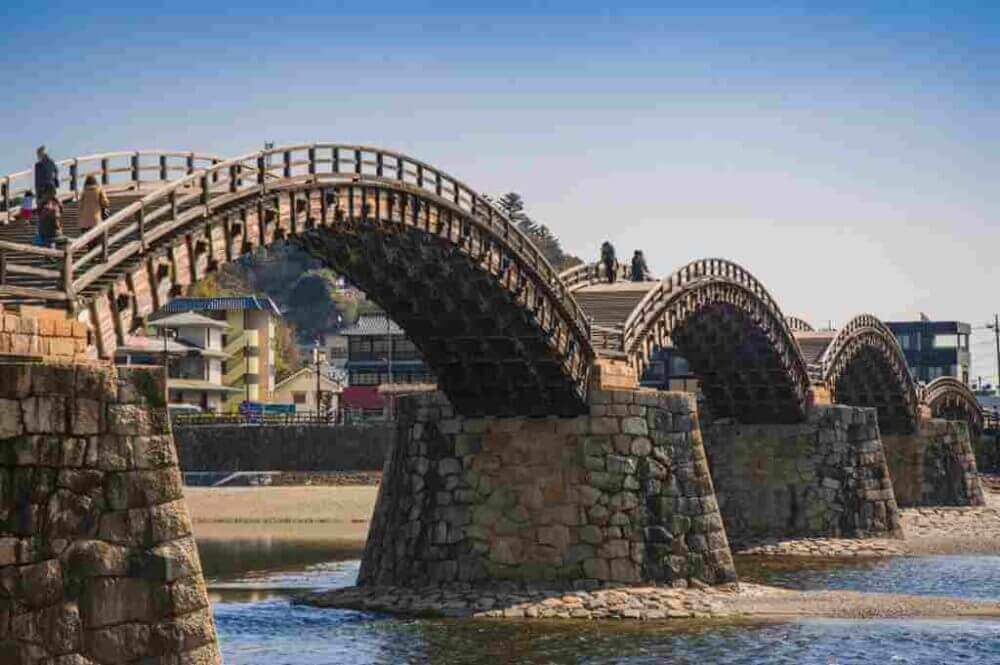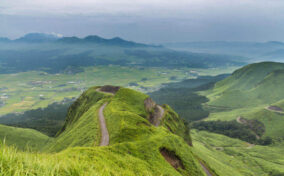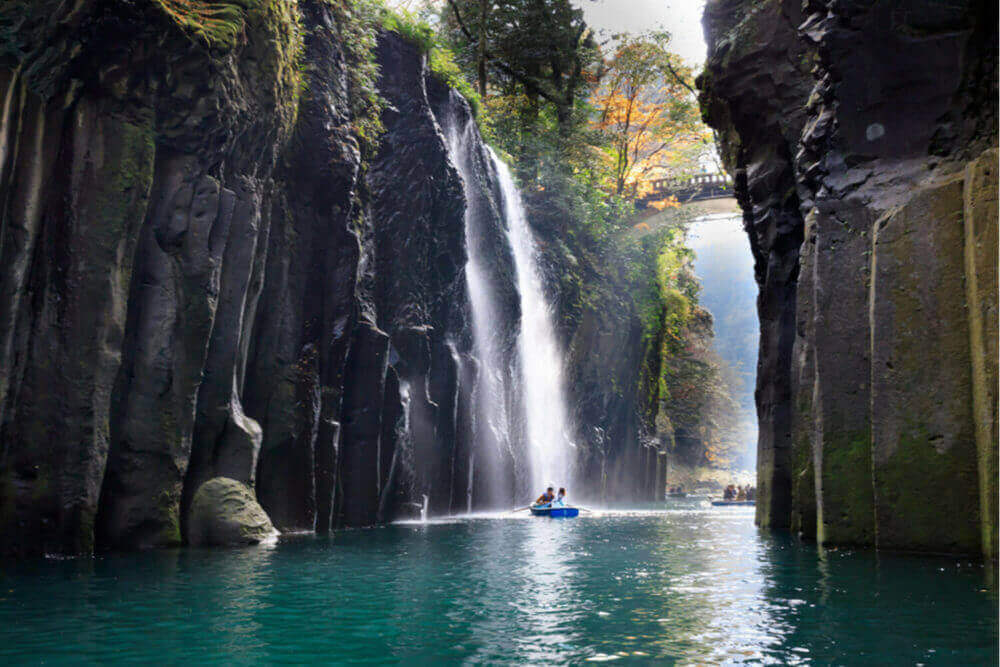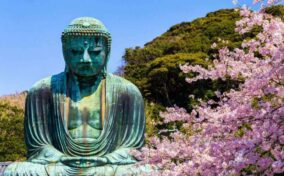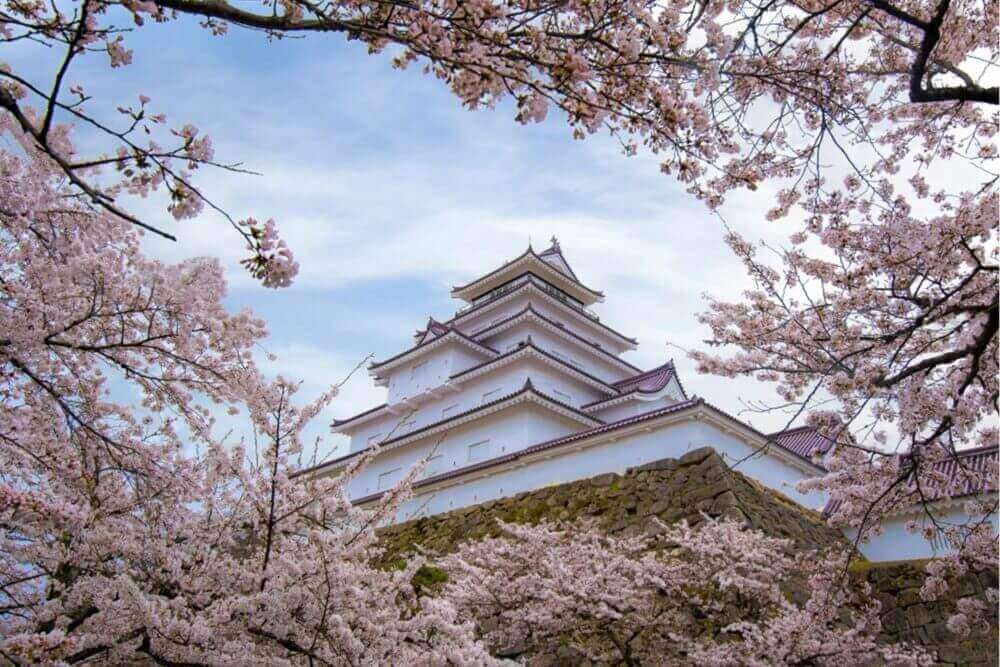Nagasaki Prefecture is located in northwestern Kyushu and is approximately 1 hour and 20 minutes by Shinkansen bullet train from JR Hakata Station in Fukuoka Prefecture. Nagasaki City, the prefectural capital, has developed through trade with the West since the 17th century. Even during the Edo period (17th-19th century), when the country was closed off from the rest of the world, trade with the Netherlands was permitted only in Nagasaki by the Tokugawa Shogunate. A trip to Nagasaki City will give you a sense of exoticism that is different from other Japanese cities. At the same time, Nagasaki, along with Hiroshima, was the city where the atomic bomb was dropped. In Nagasaki City, there are various facilities to pray for peace. In addition to this, a trip to the beautiful islands facing the Sea of Japan is also recommended in Nagasaki Prefecture. For family trips, the theme park Huis Ten Bosch is also popular.
On this page, we will guide you on your trip to Nagasaki, including the attractions of Nagasaki, places to visit and things to do.
Table of Contents
Outline of Nagasaki
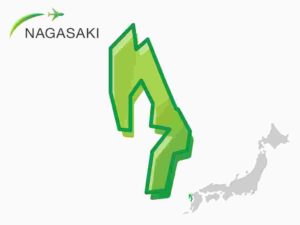
Map of Nagasaki
Nagasaki Prefecture is located in the northwestern part of Kyushu, relatively close to Fukuoka Prefecture, and its major cities are Nagasaki and Sasebo, which have become more easily accessible with the opening of the Western Kyushu Shinkansen in September 2022, attracting the attention of tourists.
Nagasaki Prefecture has about 1,000 islands, including Tsushima, Iki, and the Goto Islands. Tours to the Amakusa Islands to visit the cultural heritage of the Hidden Christians, introduced below, have become popular in recent years.
Nagasaki Prefecture has a unique and delicious food due to its long history of contact with Western culture. Castella, introduced from the Netherlands, has become a Nagasaki specialty. The rice noodle dish called “chanpon” is also highly recommended.
Access
Nagasaki Airport
2.5 hours from Haneda Airport or Narita Airport from Tokyo.
About 2 hours from airports in the Kansai and Chubu areas.
There are also direct flights from overseas cities such as Taiwan, China, and South Korea. *Check flights to and from Nagasaki Airport with Skyscanner
From Nagasaki Airport to Nagasaki Station is approximately 45 minutes by bus, and to Huistenbosch is approximately 1 hour by bus.
The fastest way to get from JR Hakata Station in Fukuoka City, the largest city in Kyushu, to Nagasaki Station is 1 hour and 20 minutes on the Nishi-Kyushu Shinkansen Line.
There are several passes available for efficient travel in Kyoto. >>Click here for details.
Nagasaki City
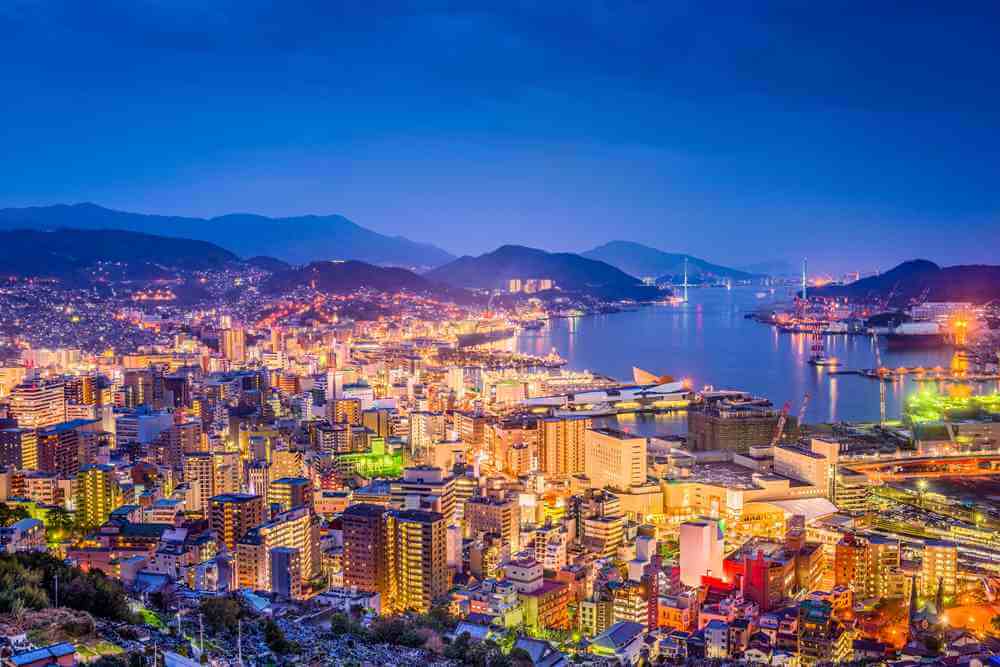
Nagasaki City is famous for its wonderful night view = Shutterstock
Nagasaki is a very popular city for tourists. Due to its early trading with the West, the city has many Western-style historic buildings. In addition, the Chinatown is large, and you can enjoy Chinese food, etc., and you can also observe various Chinese events. Nagasaki’s open-mindedness can also be seen in its food. The origin of the noodle dish called “Champon” is “to mix various things”. Nagasaki people are open to accepting different cultures, just like making delicious champon by mixing various ingredients.
Nagasaki also has an aspect of being an atomic bombed city. The Nagasaki Atomic Bomb Museum tells the story of the atomic bombing of August 11, 1945. This museum, along with the Hiroshima Peace Memorial Museum in Hiroshima, appeals to visitors to the importance of peace.
Nagasaki is also a town with many slopes. The slopes create beautiful scenery. As a result, the night view seen from the hill in Nagasaki city is very beautiful, and it is rated as one of the three best night views in Japan along with Kobe and Hakodate. However, it may be physically demanding to visit tourist spots on slopes. If you are not very confident in your stamina, it might be a good idea to arrange a schedule in which you take a taxi to the top of the hill and then go down the hill from there.
>>If you want to know the tour menu of Nagasaki-City, click here!
Hidden Christian Sites
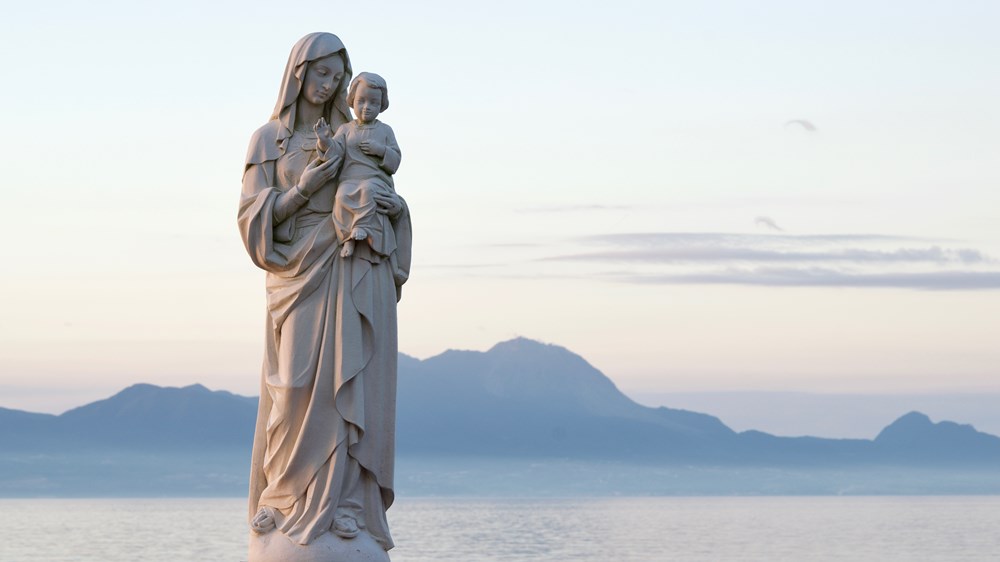
Amakusa Islands in Nagasaki = Adobe Stock
Nagasaki Prefecture is known for its history and culture of hidden Christians. In Nagasaki Prefecture, especially in the Amakusa Islands, the Christian faith was secretly passed down from parents to children during the Edo period (17th-19th century), when the Christian faith was forbidden. In the late 19th century, after the Edo shogunate had ended and Western Christians began to arrive in Japan, the Hidden Christians revealed their faith for the first time. Since then, Christian churches and other structures have been built in Nagasaki Prefecture. Today, the cultural heritage of these Hidden Christians is registered as a World Heritage Site.
>>If you want to know the tour menu of Hidden Christians sites, click here!
Oura Catholic Church
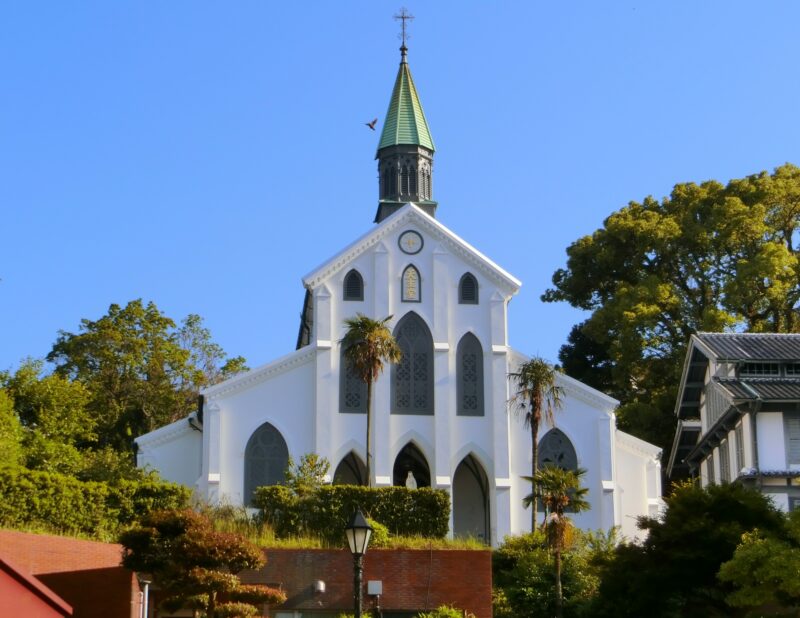
Oura Catholic Church
Oura Catholic Church is a must-see. This is because it is located in the place where the Hidden Christians confessed their faith and became the stage of the “discovery of believers.” The moving event that there was a believer who secretly followed the faith for about 250 years is called a miracle in the history of Christianity around the world.
The official name of Oura Catholic Church is “Japan’s Twenty-six Holy Martyrs Cathedral”. It is a church dedicated to the twenty-six saints who were martyred in Bunroku 1 (1597).
It is the oldest existing wooden Gothic church in Japan. It is registered as a national treasure of Japan and a world cultural heritage site.
>>Click here if you want to know the overview of Oura Catholic Church and the tour menu etc.
Huis Ten Bosch
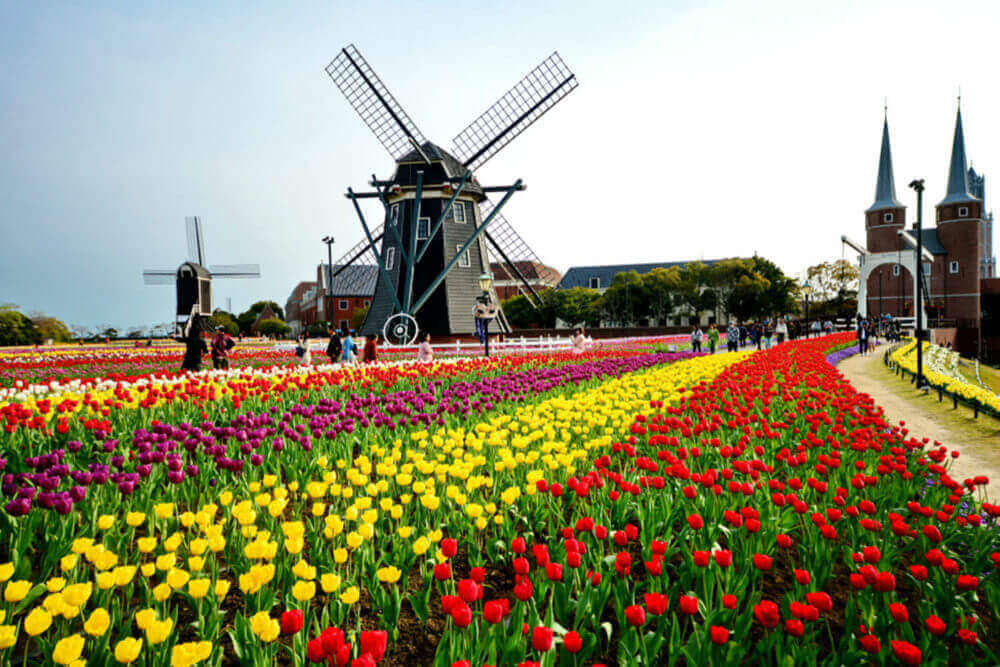
Colorful of Tulips field with dutch windmills at Huis Ten Bosch , Nagasaki Japan = Shutterstock
Huis Ten Bosch (HTB) is a vast theme park located in Sasebo City, Nagasaki Prefecture. This theme park reproduces the streets of Europe, especially the Netherlands, on a site of 1.52 million m2.
Nagasaki traded with the Netherlands even during the Edo period (17th to 19th century), when the country was closed. With that connection, the Dutch town was born here with the cooperation of the Netherlands.
Huis Ten Bosch is also famous for its beautiful flower parks and Japan’s leading illumination.
Huis Ten Bosch is an hour and a half by JR rapid train from Nagasaki station, and about 1 hour and 50 minutes by JR limited express train from Hakata station in Fukuoka prefecture. Huis Ten Bosch also has beautiful hotel.
For Huis Ten Bosch, please refer to the following articles.
>>Click here if you want to know the overview of Huis Ten Bosch and the tour menu etc.
Gunkanjima Island (Hashima Island)
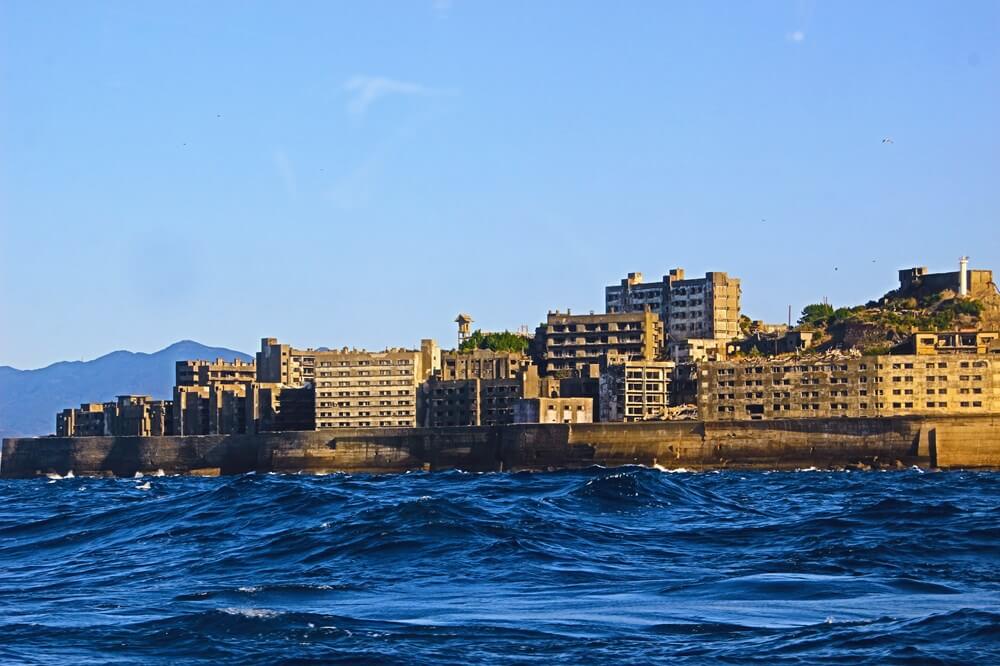
Gunkanjima Island in Nagasaki Prefecture = Shutterstock
Gunkanjima (meaning warship island in Japanese) is an uninhabited island about 5 km off the Nagasaki Peninsula. It is called this name because the scenery of the island from afar resembles a warship. Coal mining has been actively carried out on this island since the 19th century, and has contributed greatly to the development of Japanese industry. Currently, it is registered as a World Cultural Heritage site, and tours are held from Nagasaki city by ship.
>>If you want to know the tour menu of Gunkanjima Island, click here!
Gunkanjima used to be a small island, but it was gradually reclaimed and expanded to about 480m north-south and about 160m east-west. Japan’s first reinforced concrete high-rise housing complex was built to accommodate many coal miners on a small island. As a result, it looked like a warship. Around 1960, the peak of coal mining, the population reached 5,000 and the population density reached 83,600/km2. But then, with the advent of the oil age, coal mining went out of business. The mine was closed in 1974 and eventually became an uninhabited island. However, since the 2000s, it has been attracting attention again as a heritage of modernization, and tours began in 2009. When you go to Gunkanjima, you can feel the atmosphere of that time from the ruined buildings.
>>Please check the Gunkanjima Island (Hashima Island) information on Trip Advisor!
Thank you for reading to the end.
For a good trip, please check Nagasaki’s tour menu, discount passes, etc. from here.
Now, let’s plan to make your vacation in Japan the best experience ever!
Back to "Best of Kyushu Region"



